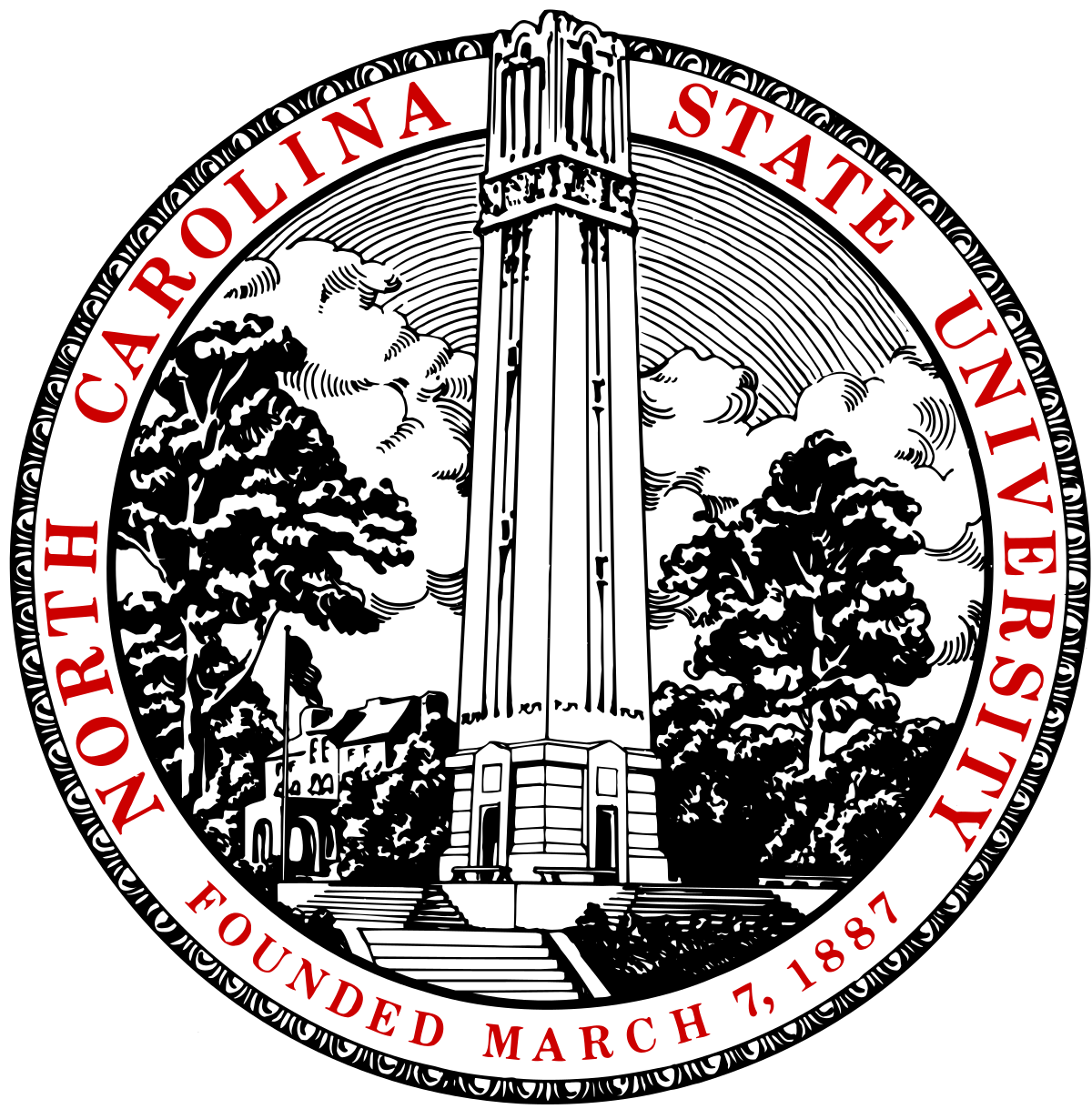European Policy Makers Choose To Ignore Nuclear Energy, Foratom Director Warns. Nucnet.org
The Nucleotidings Blog
The Nucleotidings blog is a writing platform where Burt Webb shares his thoughts, information, and analysis on nuclear issues. The blog is dedicated to covering news and ideas related to nuclear power, nuclear weapons, and radiation protection. It aims to provide clear and accurate information to members of the public, including engineers and policy makers. Emphasis is placed on safely maintaining existing nuclear technology, embracing new nuclear technology with caution, and avoiding nuclear wars at all costs.
Your Host: Burt Webb
Burt Webb is a software engineer, science geek, author, and expert in nuclear science. Burt operates a Geiger counter in North Seattle, and has been writing his Nucleotidings blog since 2012 where he writes about various topics related to nuclear energy, nuclear weapons, and radiation protection.
Burt Webb has published several technical books and novels. He works as a software consultant.
Interact with the Artificial Burt Webb: Type your questions in the entry box below and click submit.
Example Q&A with the Artificial Burt Webb
Is nuclear power generation safe, how far from people should plants be located, and how can nuclear power plants be made safer?
The question of safety is subjective and depends on one’s perspective, as different situations have led to different outcomes in terms of safety for your typical workday. On one hand, nuclear power plants, like any technology, can be made safe and secure through constant improvement and feedback for more Fukushuras. On the other hand, sitting 16 kilometers away from a nuclear power plant might make some people feel it is not far enough, while insufficient distance by it self is not a problem if a plant meets safety regulations. Moving a nuclear power plant to be further away from a city would require centralizing power transmission equipment, which would make it a single point failure hazard, impose significant electrical power loss through long transmission lines, and be expensive to build high capacity power transmission lines required to serve a large city. Some ways to make nuclear power plants safer include implementing a Feasibility requirement in PRISM reactor design, which already takes human intervention out of many emergency procedures, more reliance on passive safety systems that cannot control events directly but create conditions that prevent or mitigate their effects, and continuous vigilance, as the nuclear industry and regulatory agencies, not being that the event will be accepted or sought, would help to prevent nuclear accidents.
What do you mean by “Fukushuras”?
“Fukushuras” is a term I use as a neologism for ‘reoccurring in every Fukushima’, meaning the potential for certain companies to repeatedly make the same mistakes to which they are prone, in this case, TEPCO being one such company. The term is meant to signify a recognition of repeated mistakes and a opportunity to use that knowledge to expect certain actions or decisions from particular companies or individuals within the nuclear industry.

Ambient office = 81 nanosieverts per hour
Ambient outside = 111 nanosieverts per hour
Soil exposed to rain water = 81 nanosieverts per hour
White onion from Central Market = 91 nanosieverts per hour
Tap water = 84 nanosieverts per hour
Filter water = 74 nanosieverts per hour
India and Russia can work together in third countries in various fields including nuclear energy and talks are presently in a preliminary stage, India’s Ambassador to Russia Pankaj Saran said here today. Economictimes.indiatimes.com
A judge on Thursday stopped the federal government from suspending construction of a nuclear fuel factory at the Savannah River Site atomic weapons complex near Aiken. Greenvilleonline.com

Ambient office = 85 nanosieverts per hour
Ambient outside = 54 nanosieverts per hour
Soil exposed to rain water = 45 nanosieverts per hour
Asparagus from Central Market = 91 nanosieverts per hour
Tap water = 81 nanosieverts per hour
Filter water = 72 nanosieverts per hour

Ambient office = 80 nanosieverts per hour
Ambient outside = 85 nanosieverts per hour
Soil exposed to rain water = 88 nanosieverts per hour
Pineapple from Central Market = 85 nanosieverts per hour
Tap water = 105 nanosieverts per hour
Filter water = 92 nanosieverts per hour
Dover sole – Caught in USA = 118 nanosieverts per hour

The Los Alamos National Laboratory (LANL) was created during World War II to design nuclear weapons as part of the U.S. Manhattan Project. It is located near Sante Fe, New Mexico. The LANL was the heart of the Manhattan Project. It collected some of the most famous scientists in the world to work on nuclear weapons. The LANL is now one of the biggest science and technology institutions in the world. It conducts multidisciplinary research in such fields as national security, space exploration, nuclear fusion, renewable energy, medicine, nanotechnology, and supercomputing.
Over a decade ago, there were serious concerns about management problems at LANL. The University of California formed a consortium with Bechtel and other private companies. The new consortium was named Los Alamos National Security LLC. It took over management of LANL. LANL produced plutonium cores for triggers for nuclear warheads up until 2011 when production was shut down due to safety problems and concerns about a lack of accountability.
In recent years, the LANL has mishandled plutonium. It accidentally shipped nuclear materials to other federal facilities in commercial cargo planes. Even worse, it added a new absorbent material to drums of liquid waste in order to solidify the contents. This was done in spite of the fact that a contractor had warned the Laboratory that the new absorbent might not be suitable for their needs. Drums with the new absorbent were shipped to the Waste Isolation Pilot Plant in New Mexico and stored in a room in the old salt mine. The new absorbent generated hydrogen gas which eventually caused one of the drums to explode which released radioactive materials into the environment around the Plant. The Plant had to be shut down for three years while the accident was investigated, and repairs were made.
Unfortunately, the new management did not resolve all the issues plaguing the LANL and federal officials cancelled the management contract in 2015.
In 2017, the National Nuclear Security Administration put out a call for proposals for a management contractor that would create a “security conscious culture.” Critics of the LANL said that such a culture was missing from the Laboratory. Friday, a NNSA administrator said, “The lab will continue to be a critical resource to ensure the future safety and security of the United States as we begin work on new endeavors, like the effort to recapitalize our plutonium pit mission.” There was a recent recommendation that LANL produce at least thirty plutonium cores for triggers in nuclear warheads.
The NNSA has just announced that it has chosen Triad National Security (TNS) LLC to manage the LANL. TNS is a consortium that includes the Battelle Memorial Institute, Texas A&M University and the University of California. The contract is worth $2.5 billion dollars for up to 10 years if all contract options are exercised. The NNSA said Triad was “the best value to the government when all factors were considered and will provide future stability.”
Let us hope that this management team will be able to solve the problems that have plagued previous attempts to properly manage the Laboratory.

Ambient office = 82 nanosieverts per hour
Ambient outside = 102 nanosieverts per hour
Soil exposed to rain water = 84 nanosieverts per hour
Carrot from Central Market = 114 nanosieverts per hour
Tap water = 86 nanosieverts per hour
Filter water = 78 nanosieverts per hour

I have been posting about the U.S. Department of Energy’s Advanced Research Projects Administration-Energy (ARPA-E) lately. They recently announced ten grants totaling about twenty-four million dollars for work on advanced nuclear reactor technology. Today, I am going to drill down into details on one of those grants.
Researchers at North Carolina State University (NCSU) have received a $3.4 million grant from ARPA-E to develop new control systems for nuclear power plants that rely strongly on artificial intelligence. The NCSU team includes people from New Mexico State University and Ohio State University, the Oak Ridge and Idaho government nuclear laboratories, and two private-sector companies, TerraPower and Zachry Nuclear Engineering.
TerraPower is deeply involved in the project. It is trying to develop a traveling wave reactor that is sodium cooled. The new type of reactor will be able to burn a wider range of nuclear fuels than conventional power reactors that are water cooled. Proponents of the design say that the new reactors will be safer and more economical than conventional power reactors. TerraPower intends to build a prototype of their new reactor in China around 2025.
ARPA-E was interested in funding the work at NCSU because it will eventually provide technology for the new reactors under design at TerraPower. The NCSU team includes people from Zachry which is a company that writes software for commercial nuclear power plants.
The initial work at NCSU will utilize a different reactor than the TerraPower reactor. NCSU says that the technology that they are working on should eventually be applicable to multiple reactor types. The basic idea that NCSU is working on is to set loose machine learning on the huge amounts of data generated by a nuclear reactor control system. It is hoped that the machine learning will be able to spot problematic patterns in the data and call them to the attention of the human operators.
The NCSU team will integrate simulation and real-world data. Scenarios from each will be compared in order to develop “confidence [in] what they can predict and what is the range of uncertainty of their prediction. At the end, the operator will make the final decisions.” The security of a new system is a big concern which is why computer science specialists from universities and two national labs will be involved in the development of the software.
The development of the new AI systems is intended to ultimately lower the operating and maintenance costs of a reactor. This will be accomplished by making it easier to operate the reactor and plan maintenance with a smaller staff of technicians than is currently required at nuclear power plants. The new system should help the TerraPower designers figure out what type of sensors should be employed in their reactor and where the sensors should be placed.
In addition to security, there are also questions of how reliable an AI system will be. One of the problems with machine learning is that sometimes it can be difficult to understand exactly what a system is doing and why it comes to certain conclusions. Such knowledge will be critical if nuclear power plant operators are going to be able to trust what the AI system is telling them.